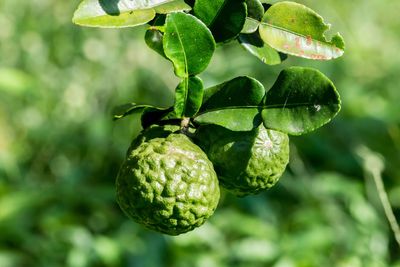What are Papedas?
Papeda citrus trees are native to tropical Asia. The plants are slow growing and produce bitter fruits which have little commercial use. They, along with pomelo and citron, are the ancestors of most of our current citrus species. Some of the trees have ornamental value, others have rootstock or breeding purposes, and still others are used as flavoring agents. Although papedas grow in tropical regions, they are actually one of the more frost tolerant of the citrus trees. Most papeda citrus trees are small, thorny, and produce thick-skinned, barely juicy fruits. Most papeda flowers are small with the exception of the Ichang papeda. Are papedas edible? You can certainly eat the fruit and it won’t hurt you, but the sour bitterness and tough skin along with the dry, pulpy flesh are sure to prevent repeating the experience. The skin and leaves are used in some Asian cuisines as seasoning, but an entire fruit would probably prove to be a challenge to consume. That being said, the papeda has helped produce some of our more popular citrus such as Key lime, which is a cross between citron and papeda.
Types of Papeda
The Ichang papeda is an ornamental tree, grown for its interesting form and scented blooms followed by heavy decorative fruits. It, along with the papeda Khasi, are also important rootstocks. Papedas are often used as rootstock to improve the disease resistance, hardiness, and other traits of citrus. The papeda fruits of Ichang lemon, Yuzu, Kaffir lime, Kabosu, and Sucachi have some use in Asian cuisine. Papedas are also used for their fragrant oil, which is part of cosmetics and perfumes. Some types of papeda are even used in traditional medicine, especially in China. While Ichang lemon is a cross of a papeda with a pomelo, there is a group called Inchandarins which are papedas crossed with mandarins.
How to Grow a Papeda
It might be difficult to get your hands on a pure papeda tree, as they are wild plants in Asian regions that receive monsoons and warm temperatures; however, the crosses may be available. Papeda plants have the same requirements of any citrus tree. Papedas need a warm, sunny location with at least 6 hours of light. The soil should be light and well draining. Clay soils will need to be heavily amended with compost or sand. Once planted, the tree should have a training stake for the first few years to keep the main trunk straight. Suckers may form off the base of papedas and should be pruned away unless you want a tangled bush. Feed papeda trees in spring and again just after flowers drop.
